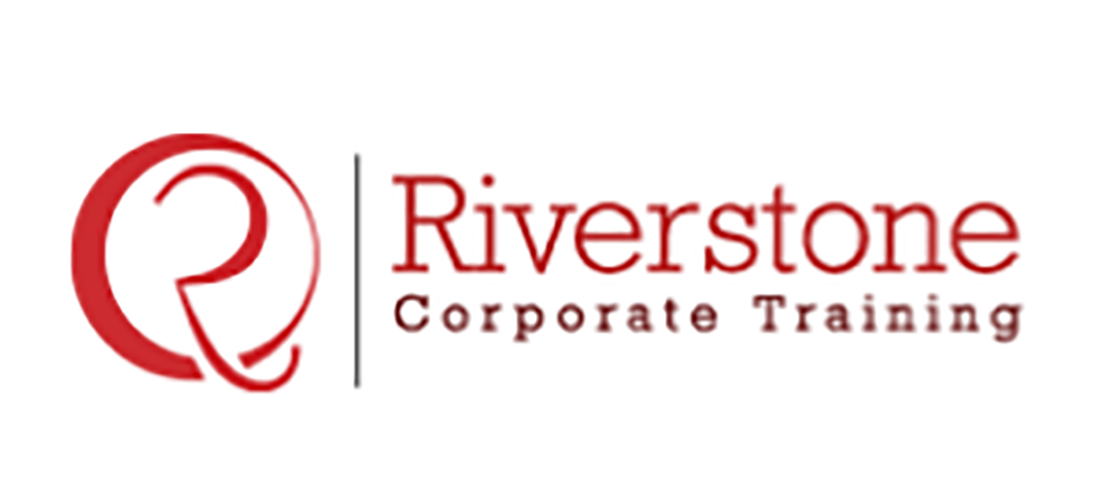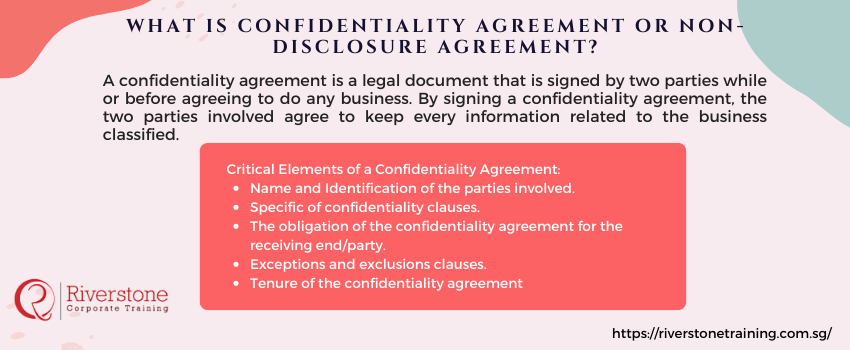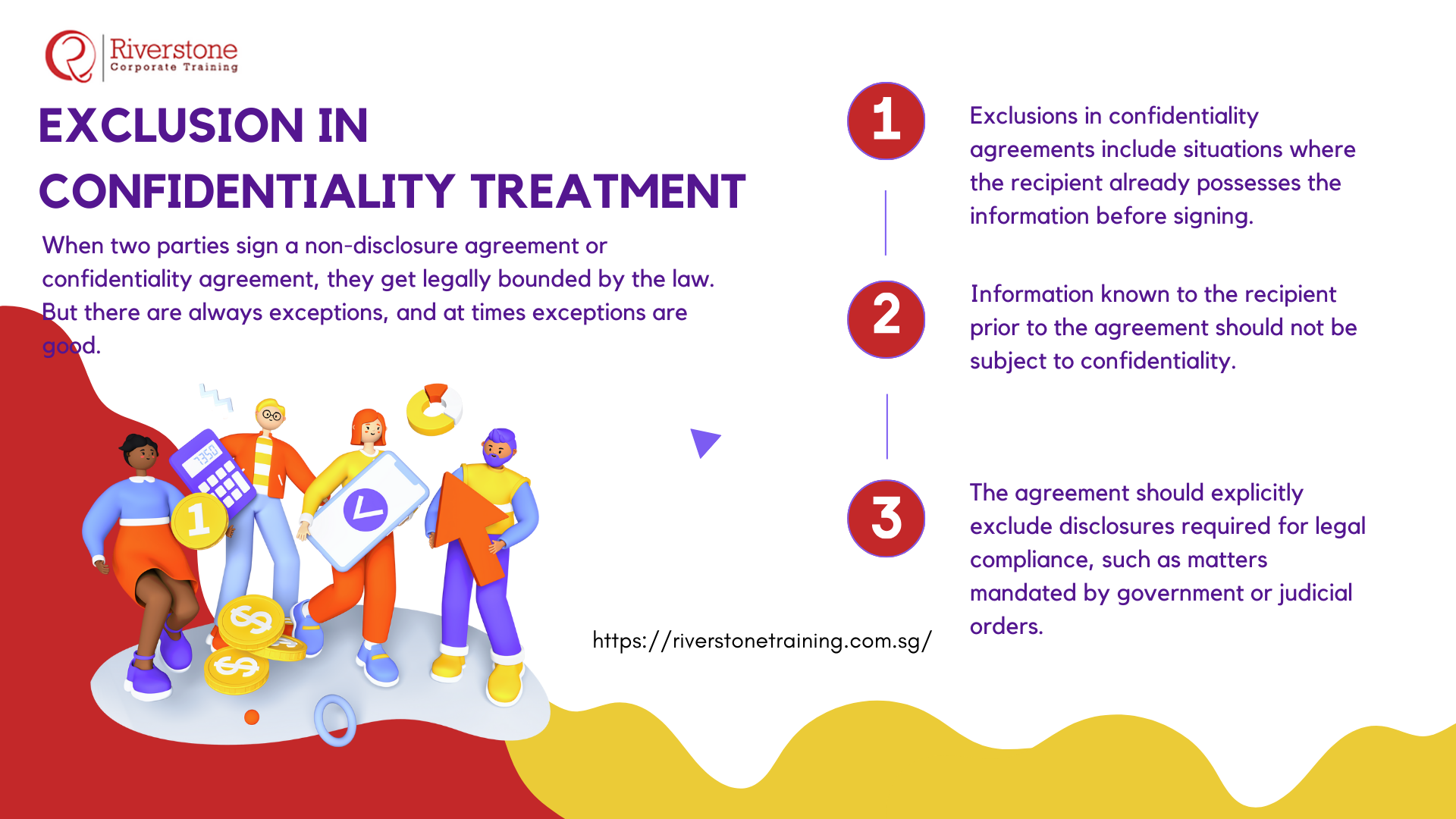
Introduction to Confidentially non-disclosure Agreement :
A confidentiality agreement is a legal document that is signed by two parties while or before agreeing to do any business. A confidentiality agreement or non-disclosure agreement is brought into the picture, generally when some company is working on a new project. When companies discuss ideas, designs of new products or involve someone in a sensitive matter, they opt for confidentiality or non-disclosure agreement.
By signing a confidentiality agreement, the two parties involved agree to keep every information related to the business classified. The confidentiality agreement is also known as a non-disclosure agreement, followed by which the companies pledge not to disclose any matter or information related to the business.
The confidentiality agreements are generally involved in sensitive matters. It can be signed between individuals, corporate companies, or even by the government. It is the legal proof of a promise of keeping matters confidential and not disclosing any information. The agreement is a standard protection measure for the people to keep things away from public knowledge.
ESSENTIAL ELEMENTS OF CONFIDENTIALITY NON-DISCLOSURE AGREEMENT :
Confidentiality agreements can be edited and customized according to the need of the situation.
But there a few standard critical elements of a confidentiality agreement:
- Name and Identification of the parties involved.
- Specific of confidentiality clauses.
- The obligation of the confidentiality agreement for the receiving end/party.
- Exceptions and exclusions clauses.
- Tenure of the confidentiality agreement
Every confidentiality agreement drafted needs to have these elements in it. The contract should state the names of the parties involved. The scope of the deal has to be laid out in crisp words. The clauses can be customized based on the situation in which the agreement signed. It needs to have the future scopes of confidentiality for the recipient. Also, the confidentiality agreement must state the term of the agreement, along with the exceptions to the clauses.
EXCLUSION IN CONFIDENTIALITY TREATMENT :
When two parties sign a non-disclosure agreement or confidentiality agreement, they get legally bounded by the law. But there are always exceptions, and at times exceptions are good.
Some of the exclusions are situations when the recipient is already in possession of the information mentioned in the confidentiality agreement. Any information, which recipient is aware of before signing the agreement should not be included. The agreement must have exclusion for law compliance course for professionals. There should be an exclusion to the recipient to disclose matters and information on legal issues or required by the government or judicial courts.
Navigating NDAs in Practical Guide for Businesses and Startups:
Establish a practical guide that is detailed and narrowed down to businesses and start ups in Singapore. This material is to include such details as peculiarities of writing and enforcing NDAs in the Singaporean system and which kinds of information are usually safe under the Singaporean law and what are the most common things to be avoided (e.g. vague terms, extended amount of time in which they could be questioned). Add real life scenario that would be relevant to the entrepreneurial ecosystem of Singapore: NDAs when pitching in front of Singapore-based investors, local partnership with an existing Singapore-based technology partner, or new hire when arriving to work in the city-state. This would be invaluable by having a checklist of critical clauses in a Singapore-compliant NDA. You may also touch on how to draft a valid non-compete agreement, which often goes hand-in-hand with NDAs in employment and investor settings. Such guidance could be a useful addition to customized business training programs offered to Singaporean startups and SMEs seeking legal compliance and investor readiness.
When to Use Unilateral vs. Mutual NDAs in Business Dealings:
Compile materials explaining the strategic decision to prefer one to the other of the current use of a unilateral or a mutual (bilateral) NDA, providing relevant examples of interest to the Singapore market. Explain when the use of a one-way NDA would be most suitable (e.g. in sharing proprietary information with a prospective vendor, or an employee), and when a bilateral NDA is mandatory (e.g. in joint ventures, mergers or strategic partnerships when both parties may share sensitive information). This information may also refer to the implication of each of these types with regards to various business formations and the way in which these are largely perceived by legal professionals and the Singaporean courts. For sectors such as custom e-learning content development, where intellectual property and proprietary instructional design play a crucial role, selecting the correct type of NDA can be critical to protecting core assets.



